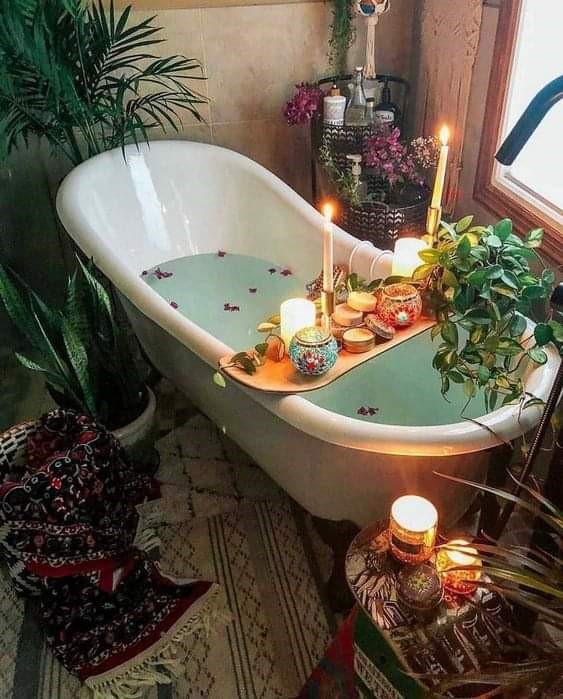
What are Bath Products?
In part one of our The Beauty of the Bath series, we discussed the history and health benefits of bathing. Today’s article focuses on the different types of products available to enhance your bathing experience. We will break down the types of products, as well as their benefits and which skin types they are best suited, and which should be avoided. Make your bathtub your sanctuary and soak away all the stressors of the world.
Bath Oils/Capsules –
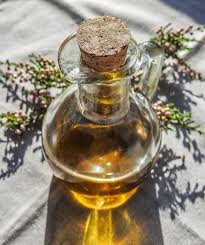
- When oil is mixed with water, it has the ability to penetrate deep into the skin tissue and rejuvenate the skin.
- Bathing in oil is believed to build stronger immunity to viral and bacterial infections and skin conditions.
- Essential oils and extracts are blended into a carrier oil to create an aromatherapy experience.
- Common carrier oils for bathing are jojoba, sweet almond and grape seed oils. Olive oil is heavier, but works well for dryer and more mature skin types.
Salt Soaks –
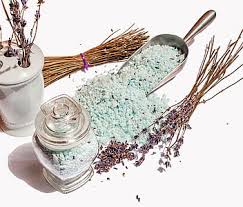
- Infuse skin with minerals.
- Increases buoyancy by changing the salinity of the bath water, making the body feel lighter and relieving achy muscles and joints.
- Reduces “pruning” of the skin.
- Epsom salts increase magnesium levels,
- Very detoxifying.
Bath Bombs/Melts/Tablets-
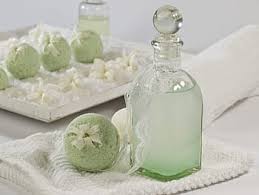
- These little balls “fizz” from combining sodium bicarbonate (commonly referred to as baking soda) and citric acid. They are an effervescent; meaning when these dry ingredients come in contact with your bath water, they react and release carbon dioxide bubbles similar to dropping an Alka-Seltzer tablet into a glass of water.
- Commonly mixed with skin-nurturing carrier oils and aromatic essential oils.
- Word of caution – make sure your bath bombs/melts/tablets are free of artificial fragrances, dyes and irritating additives like glitter and other synthetic materials. Not only are they damaging to the skin, but could potentially stain and damage your bathtub!
Bubble Bath –

- Known to be irritating to the skin and eyes, causes headaches and chemical reactions from toxic chemicals used to create that luxurious lather of suds.
- These chemicals can also alter the ph levels of the vagina leading to an overproduction of yeast.
- High levels of fragrances, dyes and damaging chemicals that strip the skin of its natural oils leading to irritation.
- May also contain propylene glycol, sodium laureth sulfate and phthalates. These toxic ingredients can penetrate into the skin as pores will be more open during bathing.
Bath Teas –
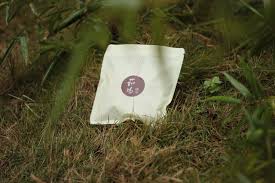
- Satchet of a blend of dried herbs and essential oils that is essentially a big tea bag in your bath water.
- Detoxifying properties
- Promotes healing of the skin
- Balances skin tone
- Anti-aging properties
- Reduces free radical damage
- Soothing to skin
Bath Milk –

- Milk baths can be traced back to the days of Ancient Egyptian Queen Cleopatra, of whom Hippocrates once wrote required the use of 7,000 donkeys to produce the milk required for her famous bathing rituals.
- Milk can be used in powdered or liquid form and is usually acquired from goats, donkeys and cows.
- Lactic acid is a naturally occurring AHA (alpha hydroxy acid) found in milk that exfoliates the skin by gently dissolving the proteins and dead skin cells on the skin’s surface to reveal younger and fresher skin beneath.
Oatmeal Baths –
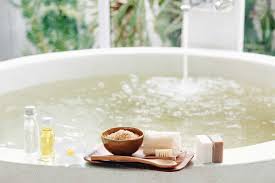
- Soothes and calms itchy and inflamed skin.
- Provides relief from psoriasis, eczema, sun burn, poison oak/ivy/sumac and chicken pox.
- Healing and moisturizing to dry and irritated skin.
- Commonly infused with lavender essential oil to heighten the calming and soothing properties.
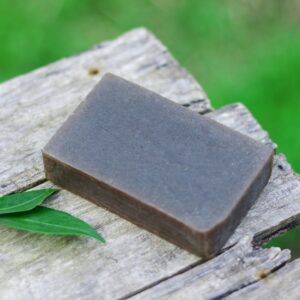 Do You Know What’s in Your Soap?
Do You Know What’s in Your Soap? Beauty of the Bath: Part One – History and Health Benefits
Beauty of the Bath: Part One – History and Health Benefits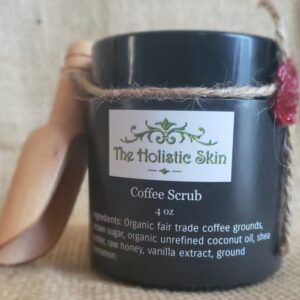 The Holistic Skin’s Coffee Scrub
The Holistic Skin’s Coffee Scrub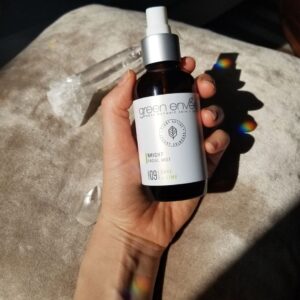 Why You NEED a Facial Toner
Why You NEED a Facial Toner

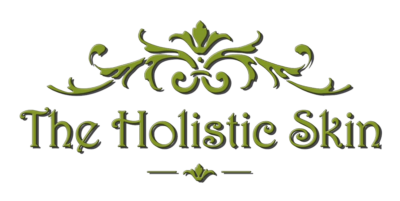
Leave a Reply